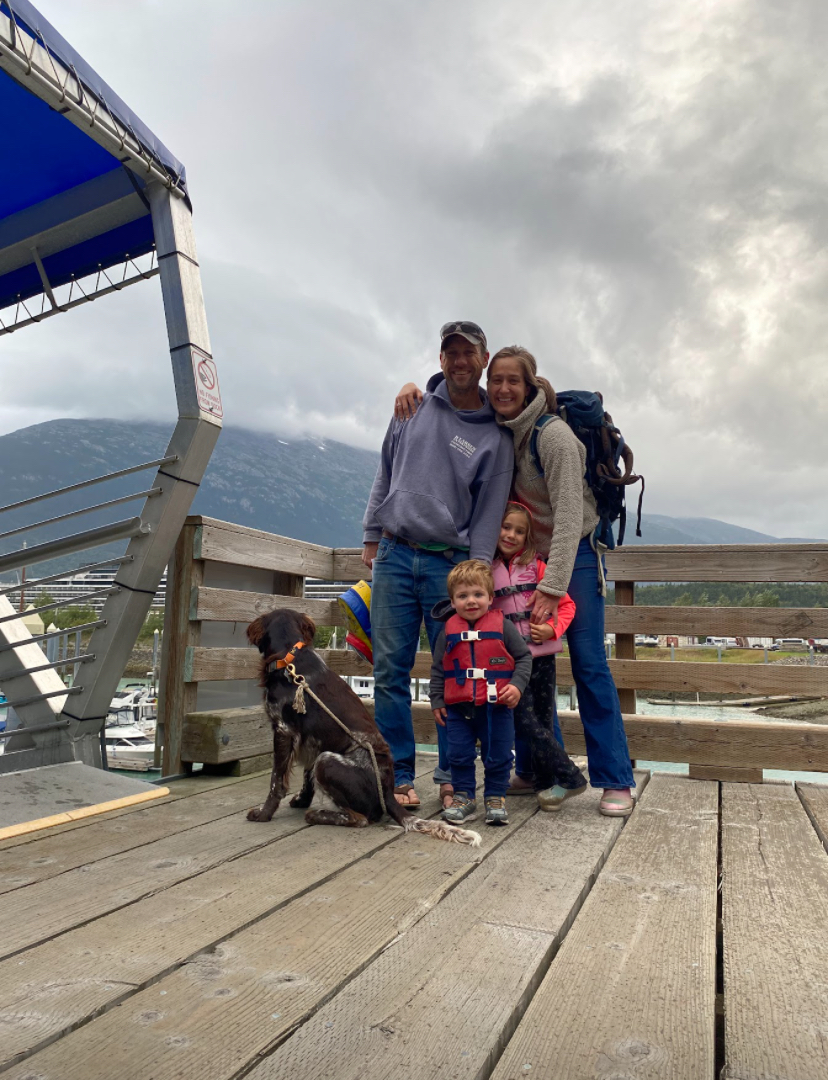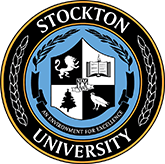Jen Larsen Goes into the Wilderness

A Biology degree and the persistence to always pursue her passion led Jen Larsen ’09 to a career that brings her closer to nature, fills her days with adventure and allows her to preserve history and protect our planet’s precious resources.
Larsen works for the National Park Service at Klondike Gold Rush National Historic Park. Her duties vary from wildlife surveys of boreal toads, mountain goats and coastal waterbirds to using GIS techniques to create maps for the park. Her office most days is the world’s longest outdoor museum—33 miles of wilderness stretching from coastal Dyea, Alaska to Bennett Lake in British Colombia. This museum is the Chilkoot Trail, scattered with pieces of history left behind from the stampede for gold.
Outside the park, she can be found on the Skagway docks with her children Melody and Axel helping her husband, Brian, a commercial gillnetter, sell hours-old, wild-caught salmon. Sustainable fishing is close to her heart. Before children, she would take a sea plane or ferry to join Brian on her days off to fish, and as a child, her father taught her to hunt and fish. She credits her dad as her inspiration for taking the journey that led her deeper into the natural world.
Her NPS position is seasonal and aligns with Alaska’s salmon run, which allows her and her family to winter in Sea Isle City where she works with her husband in marine construction through Larsen Enterprises.
We asked her to look back on her time at Stockton. One of her favorite classes was a scientific diving course with Peter Straub. The underwater history, the journey into the depths and finding ghost pots, or abandoned crab traps on the bay floor, are what she remembers most vividly. She personally dives to wrecks off New Jersey and Alaska with the San Jose among her favorites.
Professor Tait Chirenje's NW/SW Field Experience took her across the country to national parks to study environmental issues.The often-feared Organic Chemistry was another that landed at the top of her list because of her professor who was “intriguing, funny, wicked smart” and could communicate the complications of chemistry with just a piece of chalk.
One of the most valuable lessons she recalled wasn’t from a textbook. Professor Margaret Lewis was proof that women can succeed in science. “It was empowering to see a woman scientist,” she said, adding that she remembers Lewis’s great sense of humor and her work with saber tooth tigers.
Story by Susan Allen


